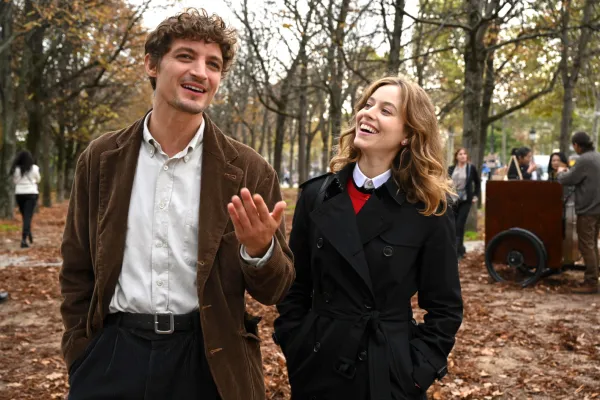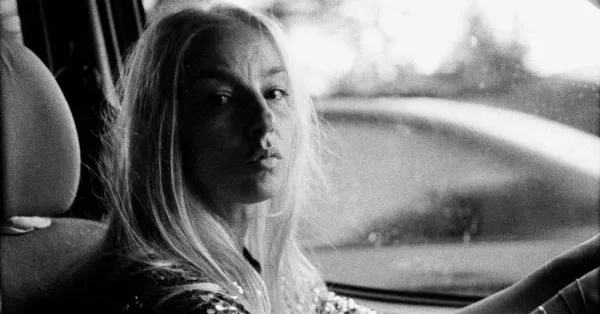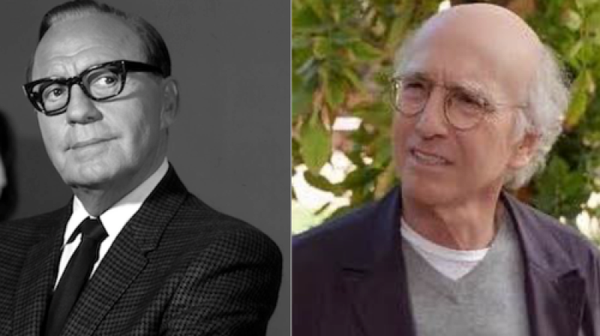Sand Blast: "Dune Part 2"
If you’re willing to be pummeled by Serious Blockbuster Cinema, Denis Villeneuve is your man.

Having press-screened it in an IMAX theater with the Dolby cranked to 15 and the seats apparently wired for Sensurround, I can say this with certainty: You don’t watch “Dune Part 2” (⭐ ⭐ ⭐ , in theaters Friday March 1). You get Rolfed by it.
But I guess if you’re willing to be pummeled by Serious Blockbuster Cinema, Denis Villeneuve is your man. The sequel to the 2021 sci-fi epic – heads up, “Dune 2” ends with matters only partially resolved and a third film in the works – completes the director’s ambitious adaptation of the first novel in Frank Herbert’s classic series set on the desert planet Arrakis, where warring clans vie to control a valuable spice and a young princeling emerges to lead a rebellion. If Villeneuve ever had to make a comedy, he’d probably puncture a lung, but as a creator of gargantuan wide-screen sagas – action choreographed with grandeur, originality of vision, and intensity of purpose – he’s unrivaled. His “Dune” movies make the “Star Wars” universe look like a Lego kit, which is fitting, since “Star Wars” took a lot of Herbert for its own building blocks.
Still, there are dissonances in the new film, some of them put there on purpose and others not, and it’ll be curious to see whether mainstream audiences pick up on the ones they’re meant to. Paul Atreides, the young off-world hero played with sleepy-eyed vigor by Timothée Chalamet, is taken as a messiah, the “Mahdi,” by the indigenous Fremen of Arrakis, and the real drama of “Dune 2” – aside from exploding juggernauts and massive battle scenes and those excellent big-ass sandworms – is how, exactly, Paul feels about that. Whether he’s serious when he tells his lady friend, the feral Fremen warrioress Chani (Zendaya), “I’m not the Mahdi; I’m here to learn your ways,” or whether he’s conning her and/or himself. By the end of this two-hour-and-forty-seven-minute lollapalooza – it feels like twelve years while you’re sitting there, and for once I don’t mean that as a jab – Paul seems to have decided that maybe being a messiah isn’t such a bad idea. But Frank Herbert thought it might be, and I think Denis Villeneuve does too.

By that point, Paul has completely morphed into Muad’Dib, a rebel leader named for the hardy kangaroo mouse of the Arrakeen desert. No longer is he the cast-off heir to a dynasty destroyed by its evil interplanetary rivals the Harkonnens, a Hamlet aching to avenge his father (Oscar Isaac, killed off in Part One). Under the goading of his mother, Lady Jessica (Rebecca Ferguson), a member of the powerful galactic matriarchal order the Bene Gesserit, and noodged by his Fremen mentor Stilgar (Javier Bardem in what’s basically Anthony Quinn’s role in “Lawrence of Arabia”), Paul feels the pull of destiny. Meanwhile, his duty to dead dad and love for Chani – cue the charming if dusty love montage – tug him back toward the human end of the scale. (If the preceding sentences are incomprehensible to you, you might be better off with a good book.)
I don’t invoke “Lawrence of Arabia” lightly. Herbert had been working on “Dune” since 1959, after a visit to the Oregon Dunes planted the seed of Arrakis in his head, but whether through influence or coincidence David Lean’s 1962 Oscar-winning epic seems to have set the cultural stage for much of the novel’s themes: A parched, inhospitable landscape getting carved up by colonial interlopers; a fiercely nomadic guerilla army of locals; a blue-eyed outsider figure gone reluctantly native and leading the locals into battle. The Fremen even speak a bastardized interstellar Arabic, and Chalamet’s Paul is only slightly less intensely neurotic than Peter O’Toole’s T.E. Lawrence.
At least at the beginning. It’s unclear, though, whether we’re meant to cheer on Paul’s assuming the mantle of divine leadership as the film progresses or see it as encroaching monomania. And the lack of clarity is itself unclear: Is this dramatic nuance or just muddled storytelling? Because the rest of “Dune Part 2” is so compelling as world-building – as a concrete place filled with vivid two-dimensional characters – its central figure registers as a slightly opaque blur rather than an emotionally conflicted hero we can relate to and invest in. And that serves to further muddy the cliché of the white savior at the heart of this story, a cliché Herbert took at (somewhat) face value and Villeneuve simply doesn’t seem interested in engaging with.
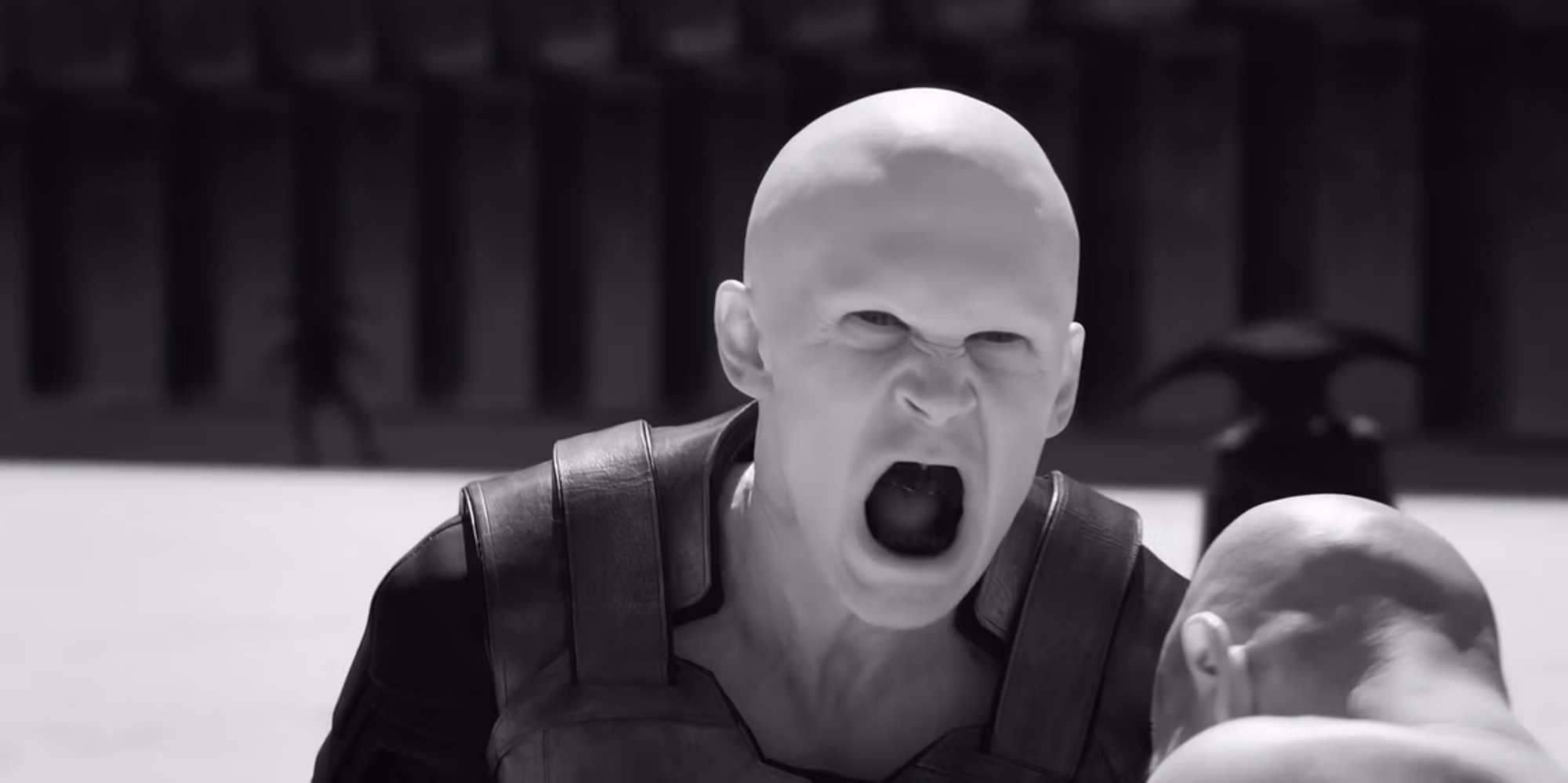
And why should he when he’s attending to so much other business: The creation of a planet’s entire anthropology and the office politics of the known universe, to name just two? The jostling subsidiary characters, each with his or her agenda, are breathed into life by actors who bring their own personas to the party. Ex-wrestler Dave Bautista as the equivalent of a failed Harkonnen middle manager, howling “KILL THEM ALLLL!” like a comic book baddie. Austin Butler as his replacement, the frighteningly eyebrow-less psycho albino Feyd Rautha – Butler makes the transition from playing Elvis Presley with ease and puts to shame Sting’s codpieced version of the character in the 1984 David Lynch “Dune.” Stellan Skarsgård as the grossly corpulent Baron Harkonnen and Charlotte Rampling scowling and scheming as the Bene Gesserit Reverend Mother. Gruff Josh Brolin as gruff Gurney Halleck, Paul’s mentor in warcraft, and France’s Léa Seydoux as a seductive court witch. Wide-eyed Anya Taylor-Joy, all too briefly glimpsed as – there’s no other way to put this – a fetus to be named later. But I can say no more.
Well, maybe I can. Off in a corner of the film is a person the production notes call Shaddam IV, the Padishah Emperor of the Known Universe, but who in “Dune Part 2” is referred to only as The Emperor and who is played in a splendiferous bit of miscasting by Christopher Walken, an actor who always and endearingly seems to be slightly confused to find himself in any particular room, let alone running the entire galactic show. Florence Pugh plays his daughter, the Princess Irulan, and their scenes together, cut off from the scenes on Arrakis, have a nicely dotty quality that I might mistake for comedy if I hadn’t known the director were medically averse. Walken, beloved and befogged, remains one of our great untapped resources, a deep, deep well of quixotic expressions and intentions who’s somehow too remote to be fully accessed. When the Emperor finally joins the rest of the cast in the climactic scenes, “Dune Part 2” ironically threatens to become a less majestic but more interesting movie.
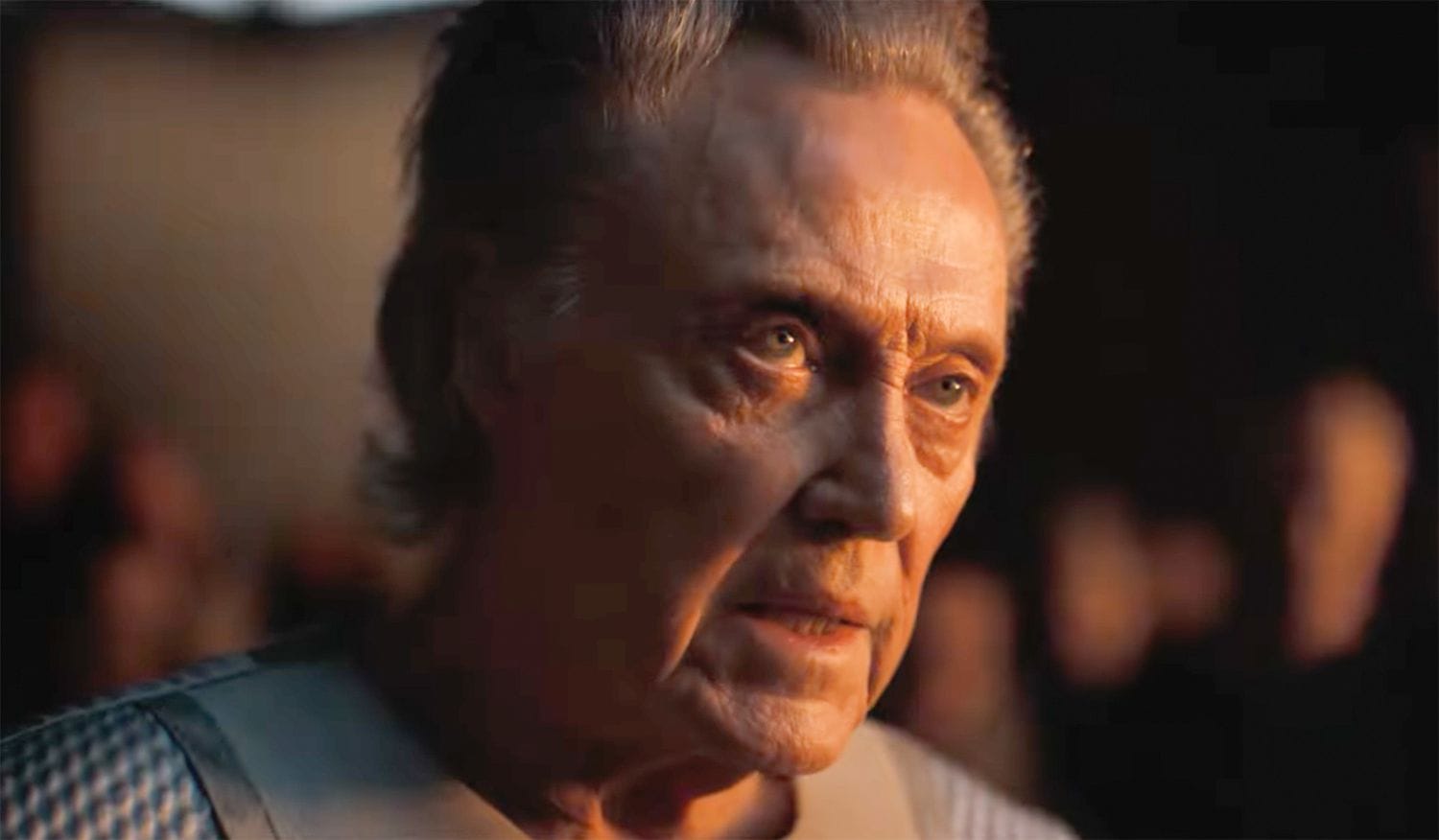
That said, if you want spectacle, here’s your Saturday night special, and I strongly recommend you take it in on the big screen, whether you’re wearing the hazmat suit or not. The giant sandworms alone are worth the ticket price: Gargantuan beasties that the Fremen hop onto and ride like an F train to Brooklyn. Zendaya's badass desert fighter is pretty great, too. Elsewhere, Villeneuve goes the whole Riefenstahl in the scenes on the Harkonnen home planet, arraying the villains’ army up past the horizon like so many extras in “Triumph of the Will,” and he brings us in close for the infighting among the Fremen as they bicker over what to do with Paul. “Dune Part 2” is state-of-the-art commercial cinema as it exists in 2024: It takes you someplace far away and brings it up close, with broad archetypes, nods to Big Ideas, and every bit of its vision dotted down to the last pixel. What it doesn't do is breathe with the funk and flukiness of actual people. If Villeneuve is a compleat filmmaker, he lacks only the humility, the humor, and arguably the human touch to be a great one.
Please feel free to leave a comment or add to someone else's.
If you’re not a paying subscriber and would like to sign up for additional postings and to join the discussions — or just help underwrite this enterprise, for which the author would be eternally grateful — here’s how.


